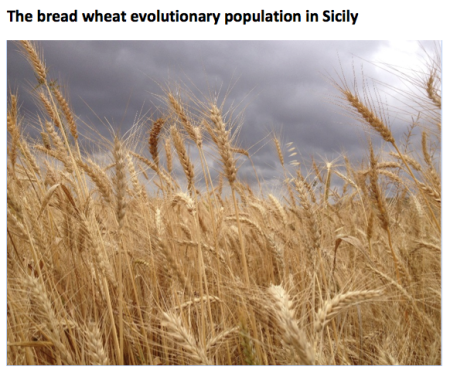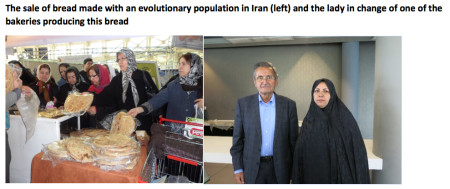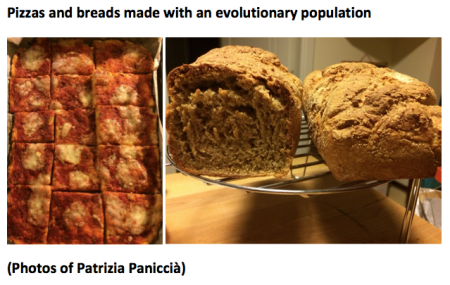It seems that an attempt by Dutch and German plant breeders to get the EU to reconsider its ratification of the Nagoya Protocol has been unsuccessful. The breeders had said that the regulation…
…was insufficiently clear and created disproportionate red tape and additional expenses for their businesses.
Ouch. But what of the International Treaty on Plant Genetic Resources for Food and Agriculture? Wouldn’t the quite different access and benefit sharing system it established alleviate at least some of the breeders’ concerns? Well, maybe.
Regarding other avenues for plant breeders specifically, Article 2(2) of the Regulation in principle allows an exemption for genetic resources for which alternative “access and benefit-sharing” mechanisms are governed by “specialised international instruments”. Some commentators have argued that this could in theory allow at least some plant breeders to evade ((Probably not the most appropriate word to use here, I suspect. Ed.)) the Nagoya Protocol using the benefit-sharing procedures of the International Treaty on Plant Genetic Resources for Food and Agriculture, as some industry leaders have also suggested. However, it remains untested, whether such an exemption would be upheld in practice.
To which I would say: why don’t the breeders in question do that testing? I’m not sure whether any of the ones involved in querying Nagoya specialize in breeding for organic agriculture, ((Coincidentally, this all to unusual approach to the deployment of wheat diversity for organic conditions popped up as I was writing this post.)) but if it’s true what they’re saying about “additional expenses,” the new regulations would hit that segment particularly hard. A recent report points out that:
Organic plant breeding is of common interest and requires long-term funding. It is a common good with socio-environmental benefits greater than are mirrored by the modest royalties of its market value.
All the more reasons to test the International Treaty, and indeed make sure it works. Incidentally, recommendation 6 of the report (p. 19) will resonate with breeders — organic, and not so much — everywhere. And it might also be extended to genebanks (which unfortunately the report doesn’t mention):
Public awareness about the importance of plant breeding should be dramatically enhanced. It is literally in everybody’s best interest to develop an awareness of the foundational role that seeds play in health and nutrition. Since this topic is not always easy to communicate, new forms of communication should be sought. Hitherto, only breeders have been pushing for organically bred plant varieties, now consumers should start pulling retailers to further develop the market.
Meanwhile, various stakeholderts are gearing up to enforce the new rules, and monitor compliance, for example in the UK. The International Treaty came into force years ago in the EU, but I don’t recall frantic meetings being organized at the time to cope with it.


